The Tournament of Roses Parade has taken place in Pasadena, California since 1890 and can be viewed on television screens on New Year’s Day throughout the country. It was only halted by WWII and the COVID pandemic.
Watch a quick tour of the floats in Victory Park on Instagram
Find things to do and where to stay in Pasadena, here.
I took a virtual tour led by Pasadena Walking Tours to learn about its history.
How it all began
Charles Holder, who was a member of The Valley Hunt Club, came up with the idea of putting on a parade to boost tourism in Pasadena. Another member, Dr. Francis Roland, loved the idea because he and his wife had been to Nice, France, and saw a parade of flowers there. The weather during January in Pasadena is mild, so he remarked, “Why not display fresh flowers and show the world what amazing weather we have?”
The Wrigley Mansion was built in 1914. When Ada Wrigley died in 1958, she deeded the house to the Tournament of Roses organization, and it has been their headquarters ever since.
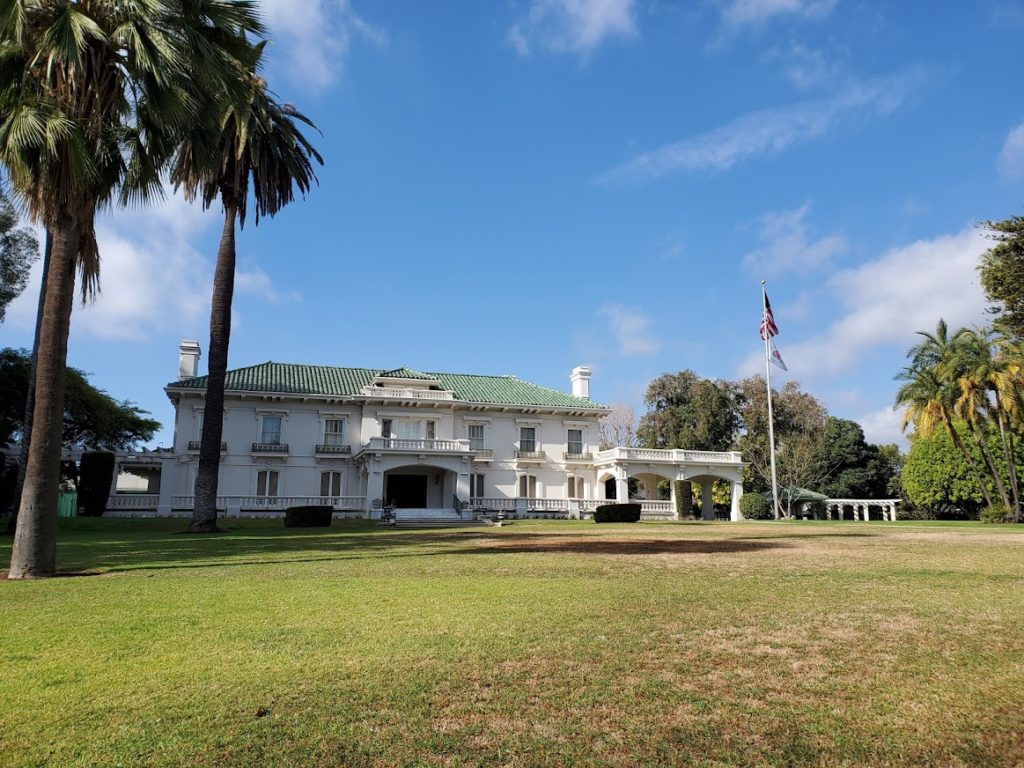
The rose garden was installed afterward and takes up 4 ½ acres of the property. You can visit it at any time, but the mansion’s interior is private and used for meetings and other events. There are over 1500 roses in the garden, and many have won awards.
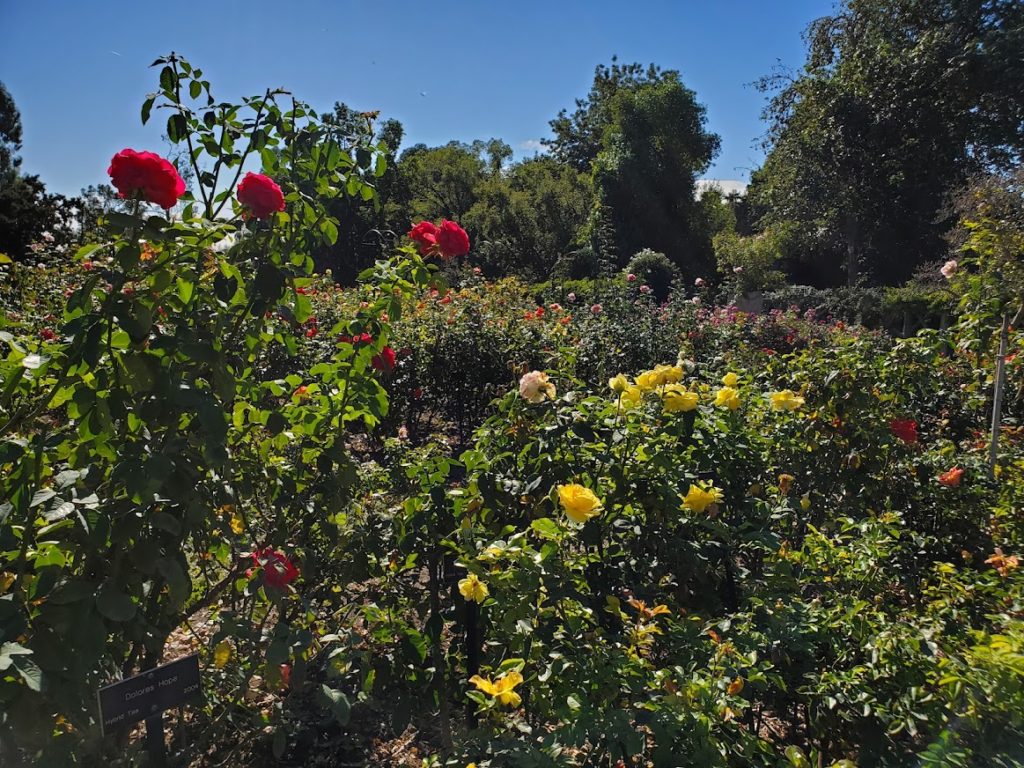
I have been inside the mansion for a meeting and it is beautiful.
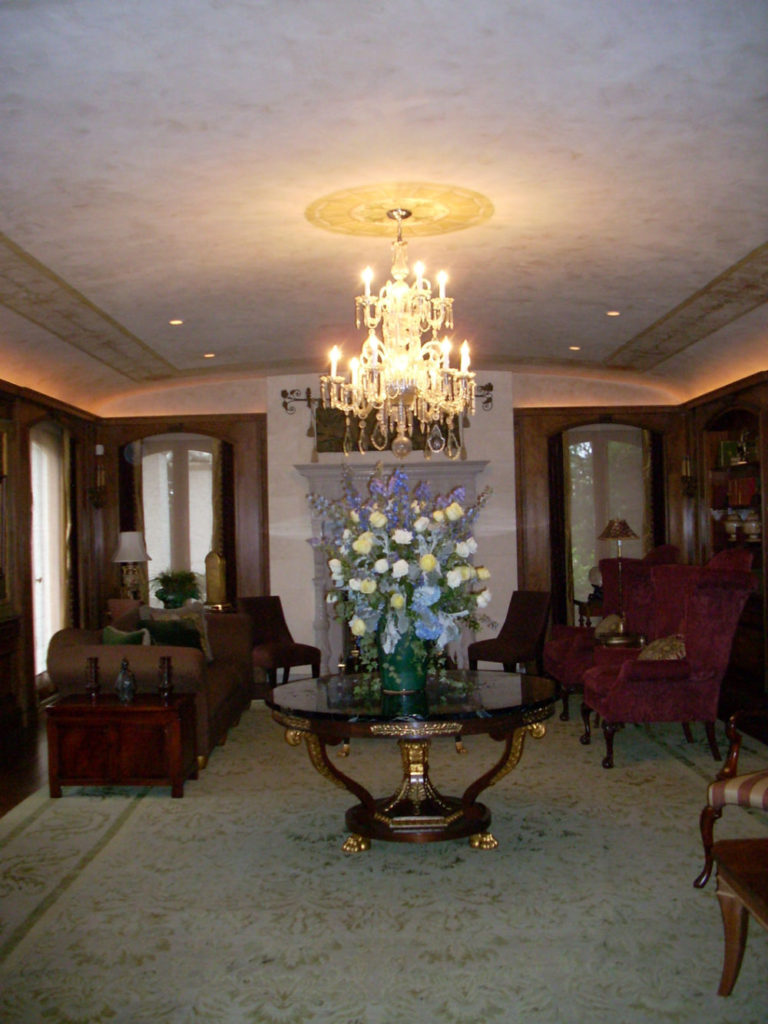
About the roses
Roses are not native to Southern California but because Pasadena is so closely associated with them, they became popular throughout the region. FTD is the floral partner of the Rose Parade, and they still decorate all of the automobiles featured in the parade.
The Rose Bowl
If you follow Orange Grove Blvd, once filled with Pasadena’s old-money mansions, and go into the Arroyo, you will find the Rose Bowl Stadium constructed in 1922 by Myron Hunt.
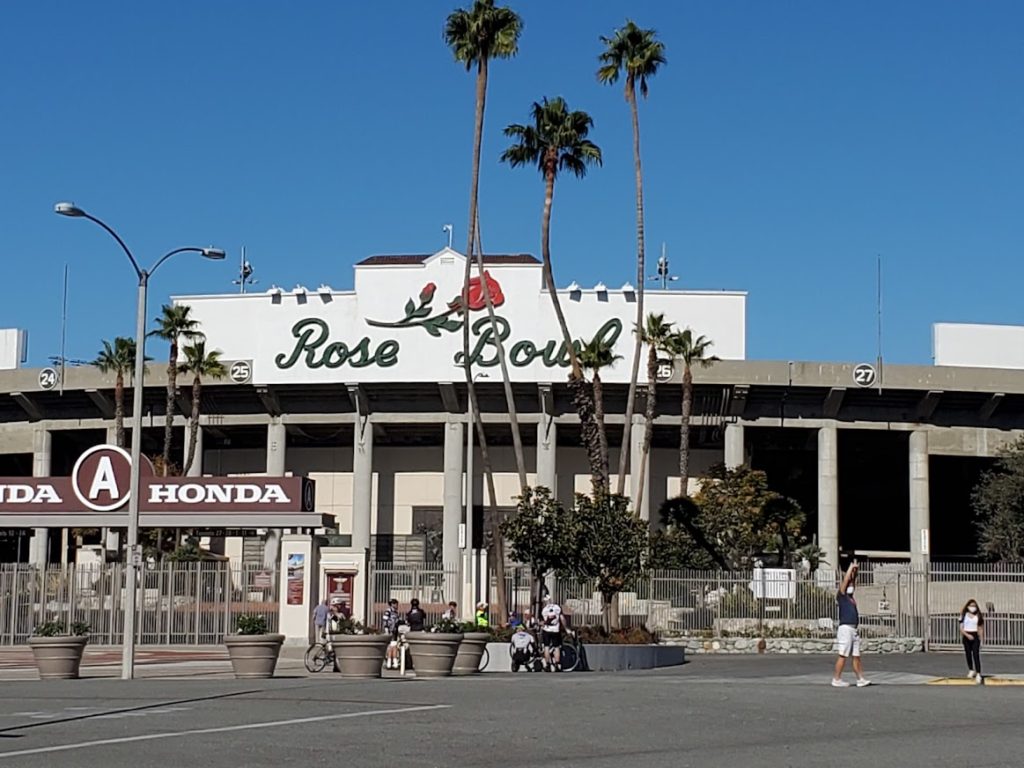
The Tournament of Roses Parade
The floats line up by the Tournament of Roses headquarters at about 2 or 3 in the morning. TV stations and bleachers are set up at the curve (near the Norton Simon Museum) and Colorado Blvd. The route is approximately 5 miles long and goes East on Colorado Blvd, onto Sierra Madre Blvd, ending at Villa St at the Pasadena Police Department.
In the old days, the parade went down Raymond Ave passing the Victorian-style Castle Green, which was once a luxury hotel and ended at Tournament Park.
Pink and blue lines are painted permanently on Colorado Blvd. Pink is for the floats to follow and the blue lines are for crowd control.
When the Rose Parade first started at the end of the 19th century, it was a flower parade and roses were included later. Carriages, bicycles, and horses were decorated with bouquets. Now the decoration of the floats is managed by premiere float designers and all must use only natural elements for decorations.
Float Fest takes place at the park on the day of the parade and the day after where visitors can view the floats up close.
Rose Parade trivia
If Jan 1st falls on a Sunday, the parade will take place on Jan 2nd. The reason for this is that churches in the 1890s had horses tied up and the parade scared them.
All of the volunteers for the Tournament of Roses wear white suits and are known as “white suiters.” They started wearing white because most places in the East have an unofficial ban on wearing white after Labor Day
The first Queen’s Court took place in 1905. The Rose Queen was chosen by classmates at Pasadena High School. The first queen was Hallie Woods who was given $10 to make her gown. The Tournament of Roses office now manages the selection of the Queen and her Court and thousands of young women apply. They must reside in the Pasadena College District, and be unmarried with no children. Each receives scholarships, transportation, makeup, and other perks.
Notable Rose Queens include Mae Sutton (1908) who became a tennis superstar and Sophia Bush (2000) who became a well-known actress.
The parade’s Grand Marshall is named each year and is usually a celebrity, politician, or other notable.
Isabella Coleman was one of the first float decorators in the early 1900s. She pioneered the technique of gluing flower petals onto the float frames when she was just 17 years old. She also instituted the use of water-filled vials to keep the flowers fresh and decorated more than 250 award-winning floats over the years. But she didn’t stop there. She came up with the idea of welding a steel undercarriage to the truck so the driver would be invisible. Coleman was the first female member of the Tournament of Roses Association and there is a trophy named after her.
The average cost of a float is between $75,000 – $150,000.
The first parade flyover was performed by C.P. Rodgers, a coast-to-coast pilot, who flew over the parade in 1912. Today you may see a stealth bomber.
Mack Sennett, who started Keystone Studios, entered a float of famous actors and actresses in 1913. Unbeknownst to them, he filmed it for the film “Sleuths.” Thousands of extras were not paid and the film no longer exists.
The Doo Dah Parade was created in 1978 as a satire of the Rose Parade and used to take place on Jan 1. Now, it is held closer to Thanksgiving in other locations.
Enjoy some images of the floats in the Rose Parade – click on images to view full-size.
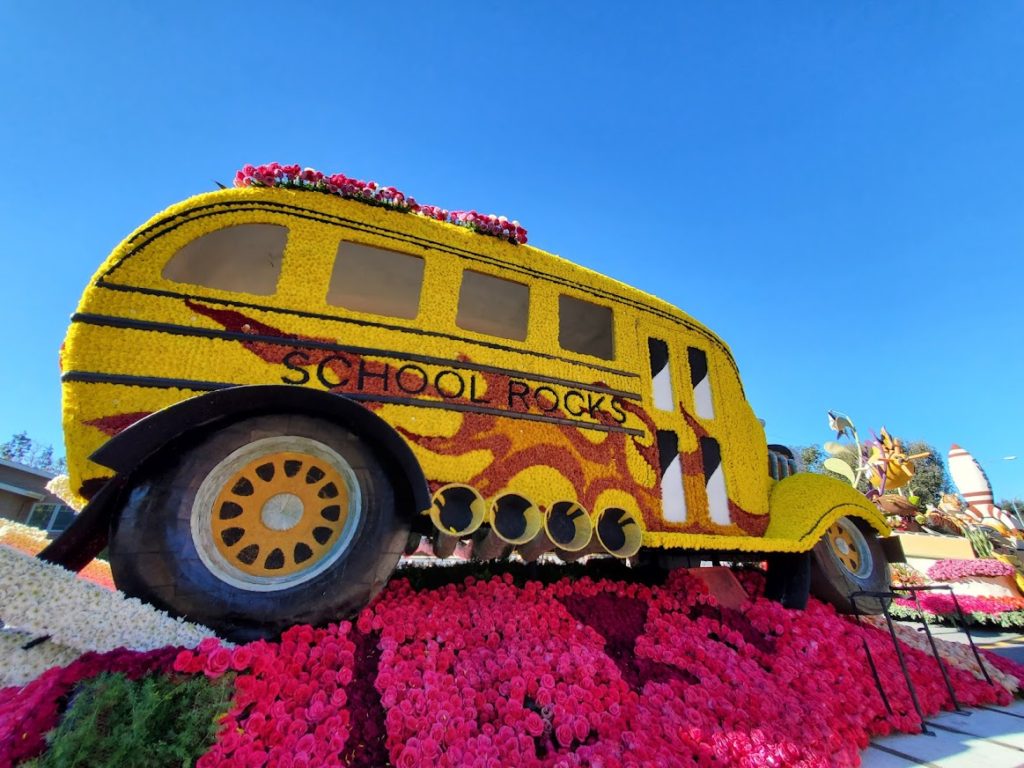
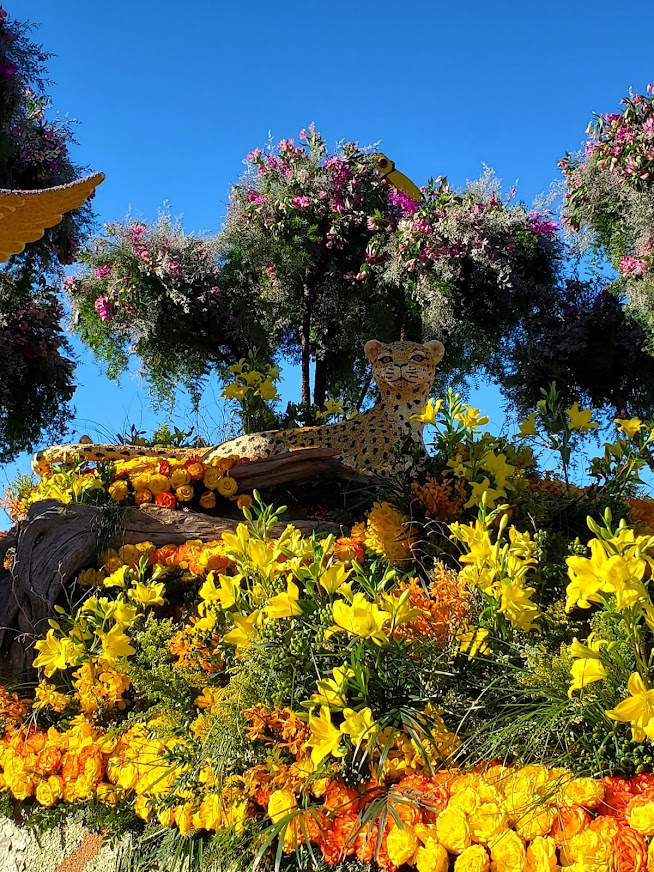
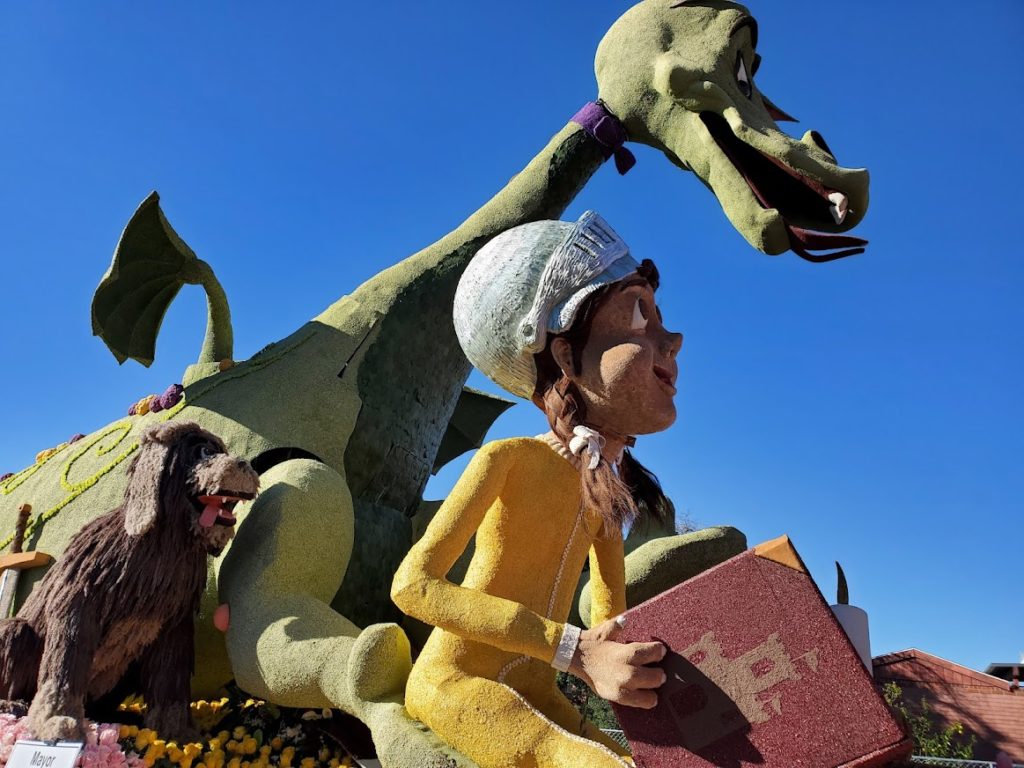
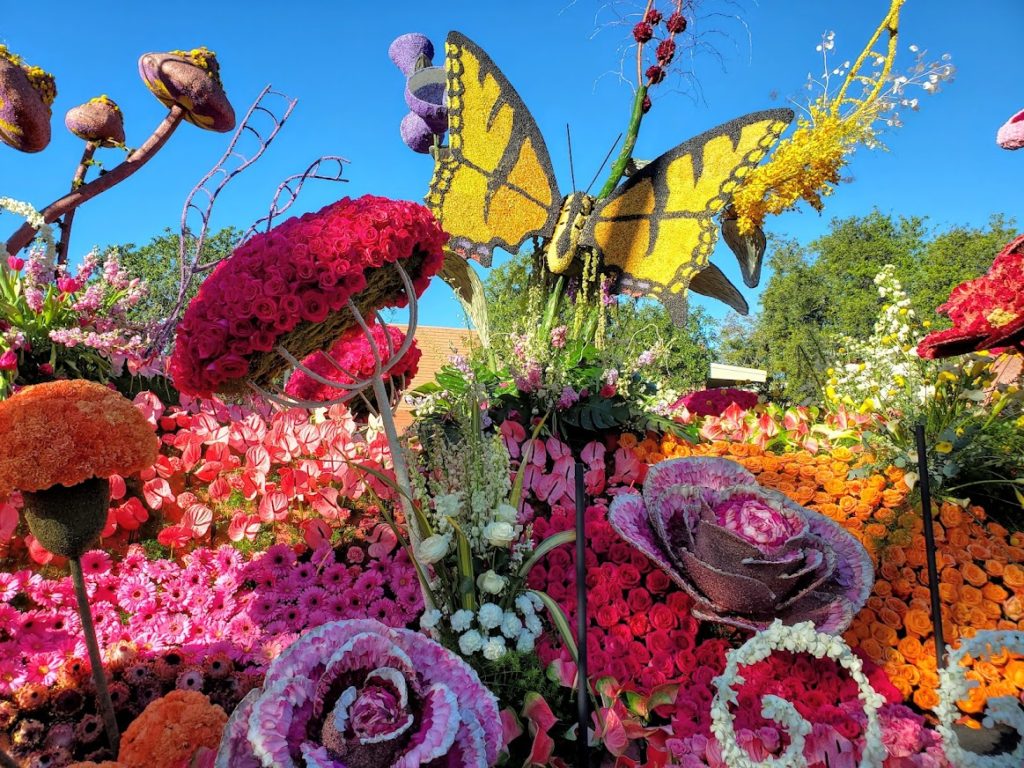
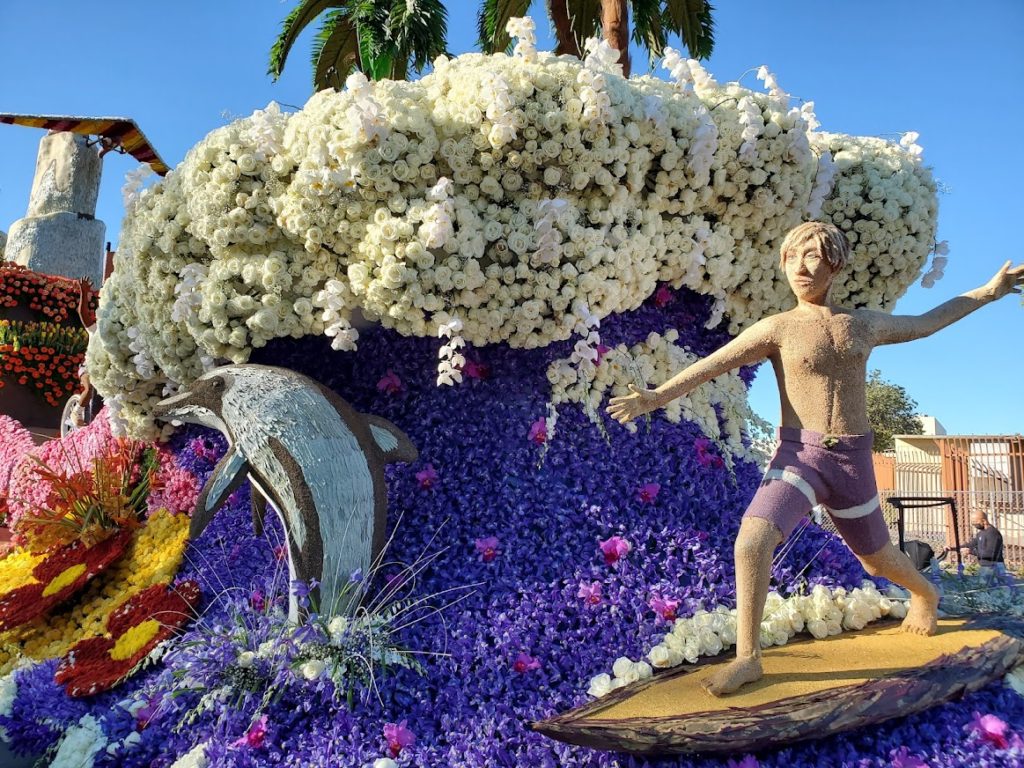
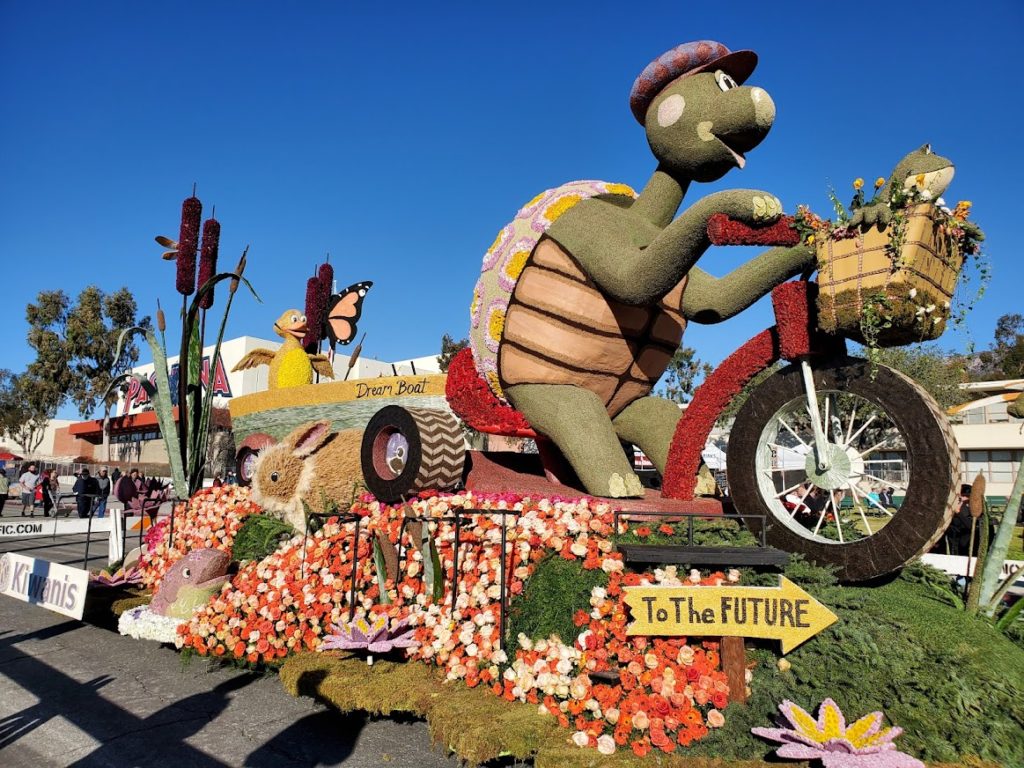
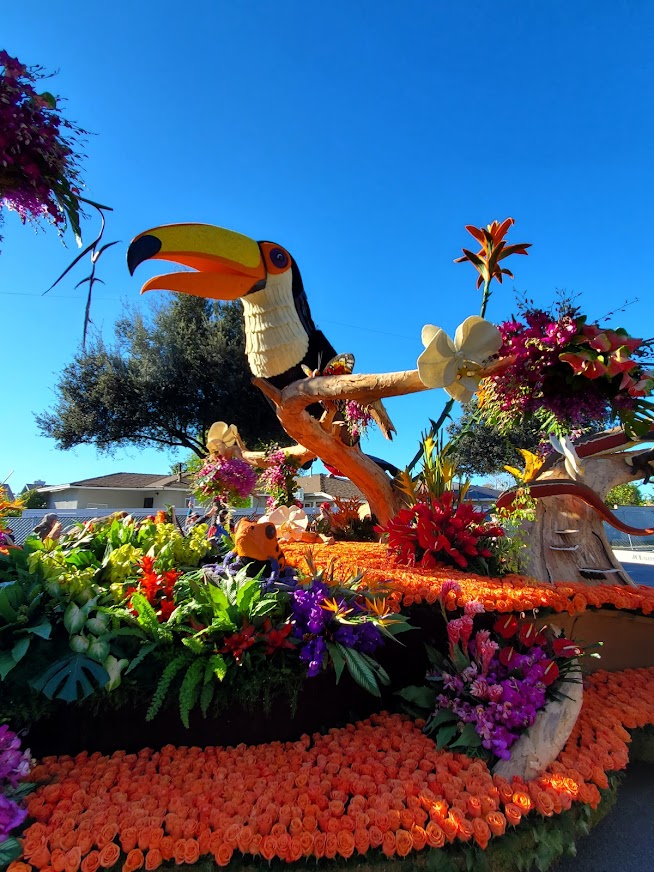
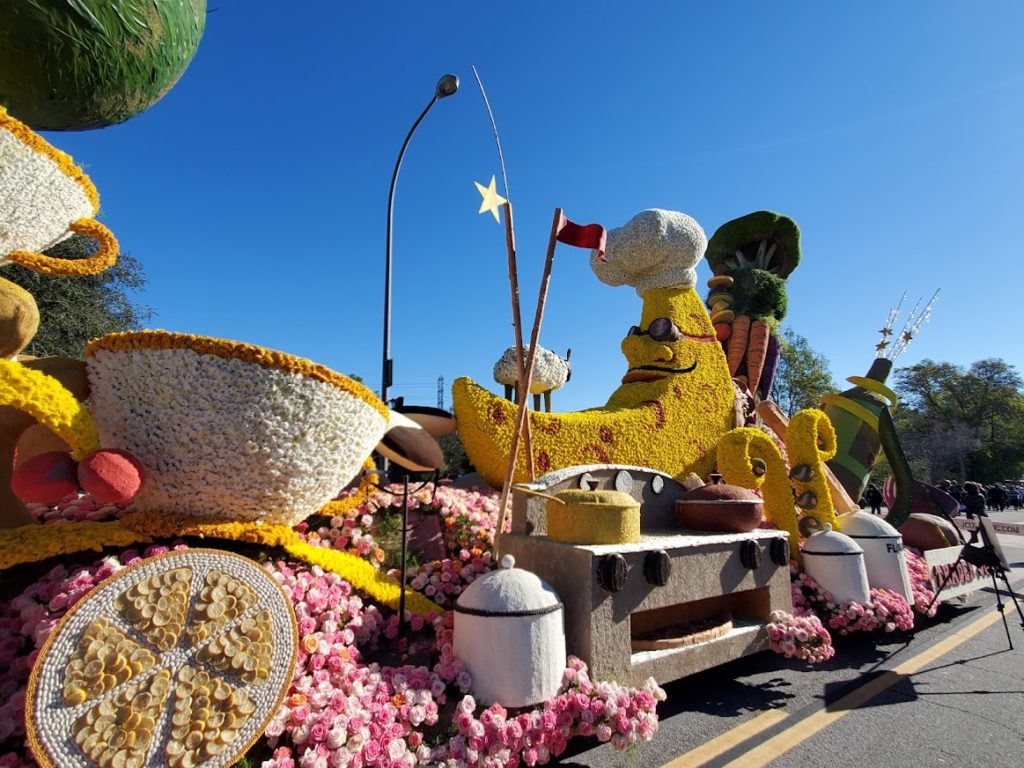

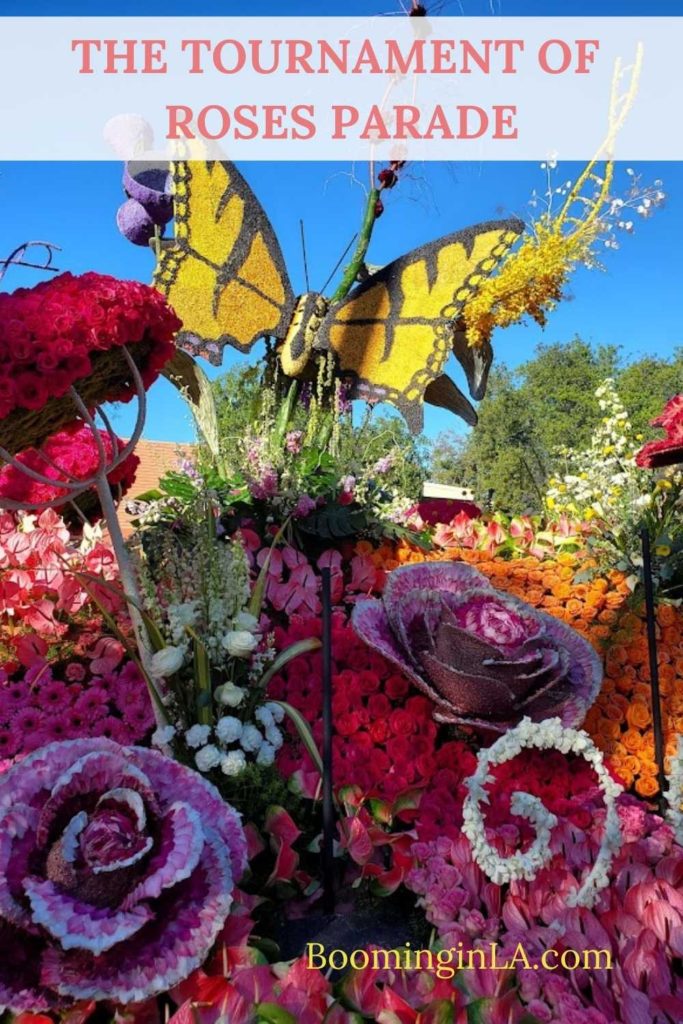

Leave a Reply